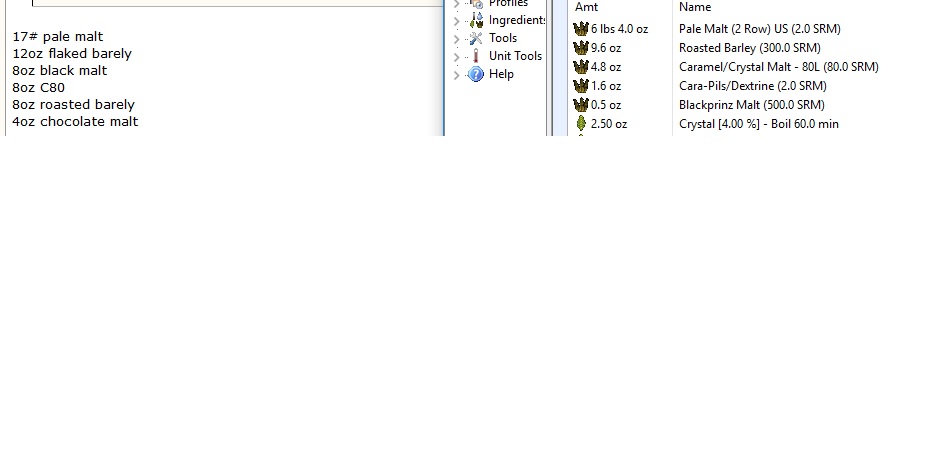It's almost two months old and has been aging in a keg. I also had it sitting on French oak and Jim Bean.
I poured a bit of it to take a sip and it seems like it doesn't have much flavor to me. Maybe I didn't put enough dark roasted malt? This is a 1.100 OG beer, so I can taste some alcohol.
I was thinking about making a tiny mash of a small amount of just roasted malt to give it more flavor. I know it's young, but I would think it would have more flavor. Do you think I should just let it age months longer and try it out then to determine if I should add more roasted malt?
I poured a bit of it to take a sip and it seems like it doesn't have much flavor to me. Maybe I didn't put enough dark roasted malt? This is a 1.100 OG beer, so I can taste some alcohol.
I was thinking about making a tiny mash of a small amount of just roasted malt to give it more flavor. I know it's young, but I would think it would have more flavor. Do you think I should just let it age months longer and try it out then to determine if I should add more roasted malt?



![Craft A Brew - Safale S-04 Dry Yeast - Fermentis - English Ale Dry Yeast - For English and American Ales and Hard Apple Ciders - Ingredients for Home Brewing - Beer Making Supplies - [1 Pack]](https://m.media-amazon.com/images/I/41fVGNh6JfL._SL500_.jpg)






















































